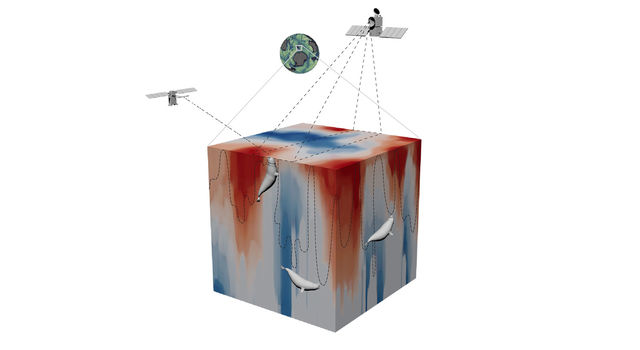 The NASA Vital Signs of the Planet article Seal Takes Ocean Heat Transport Data to New Depth by Esprit Smith (12/4/2019) explains (note photo from the article):
The NASA Vital Signs of the Planet article Seal Takes Ocean Heat Transport Data to New Depth by Esprit Smith (12/4/2019) explains (note photo from the article):
But how the current transfers heat, particularly vertically from the top layer of the ocean to the bottom layers and vice versa, is still not fully understood.
Equipped with a specialized sensor reminiscent of a small hat, the seal swam more than 3,000 miles (4,800 kilometers) on a three-month voyage, much of it through the turbulent, eddy-rich waters of the Antarctic Circumpolar Current. The seal made around 80 dives at depths ranging from 550 to 1,090 yards (500 to 1,000 meters) per day during this time. All the while, it collected a continuous stream of data that has provided new insight into how heat moves vertically between ocean layers in this volatile region…
This type of data is available from Marine Mammals Exploring the Oceans Pole to Pole database.
Since 2004, several hundred thousands profiles of temperature and salinity have been collected by instrumented animals. The use of elephant seals has been particularly effective to sample the Southern Ocean and the North Pacific. These hydrographic data have been assembled in quality-controlled databases that can be accessed through this portal.